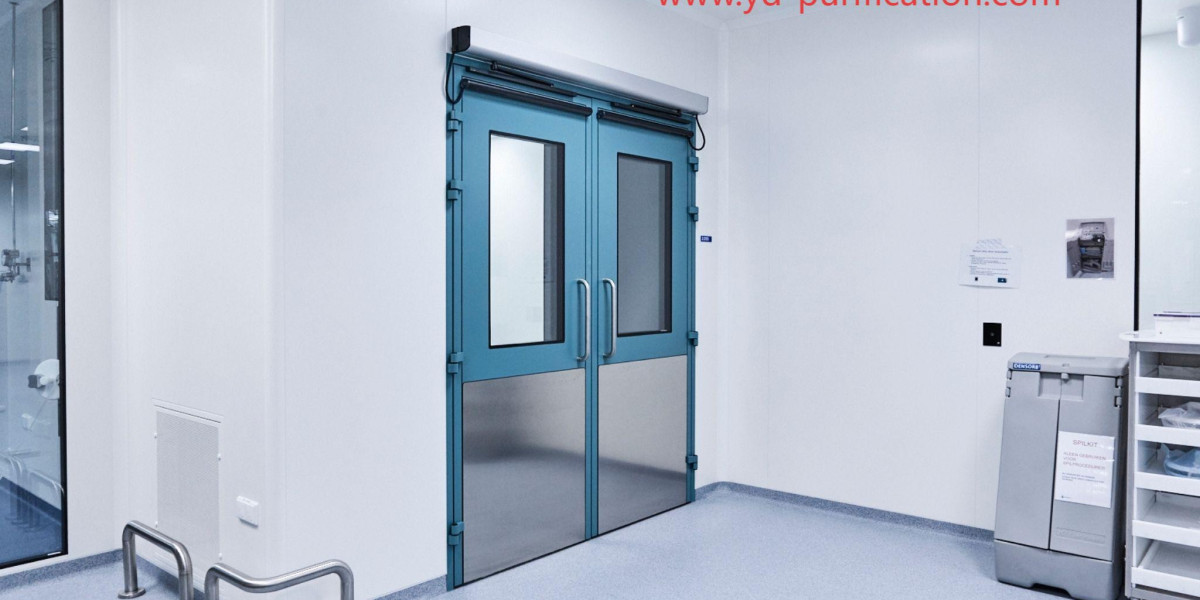As Per Market Research Future, the demand for seamless and welded pipe solutions is increasing due to their critical applications in various industries, including construction, oil and gas, and manufacturing. Seamless pipes offer superior strength and resistance to pressure, making them ideal for high-stress environments. On the other hand, welded pipes provide cost-effective solutions for applications where seamless pipes may not be necessary. As industries continue to prioritize efficiency and safety, the market for these pipe solutions is expected to grow, presenting opportunities for manufacturers and suppliers.
The global steel tubes market has emerged as a cornerstone of modern industrial infrastructure, providing strength, durability, and versatility to a wide range of applications. Steel tubes, which include both seamless and welded varieties, are essential components used across industries such as construction, oil and gas, automotive, mechanical engineering, and water transportation. The market’s growth is driven by expanding industrialization, urbanization, and a growing need for high-performance materials capable of withstanding extreme conditions. As nations continue to invest in sustainable infrastructure, the demand for advanced steel tubing products is expected to grow exponentially.
Market Dynamics and Growth Factors
The steel tubes market is witnessing substantial momentum, largely attributed to rapid advancements in production technology and the increasing use of high-strength, corrosion-resistant alloys. The expansion of the oil and gas industry, coupled with pipeline infrastructure development, has amplified demand for seamless tubes that can endure high pressure and temperature. Meanwhile, the construction and automotive sectors are leaning toward welded tubes due to their affordability and versatility in design. In addition, the transition toward renewable energy systems such as solar and wind farms has opened new avenues for steel tube utilization, as they form the structural backbone of these systems.
Technological Advancements and Sustainability Trends
Technological innovations such as automated welding, laser cutting, and 3D forming have significantly enhanced the efficiency and precision of steel tube manufacturing. Furthermore, sustainability has become a central theme in market evolution. Recycled steel, eco-friendly coatings, and energy-efficient manufacturing processes are increasingly adopted to minimize environmental impact. This shift not only aligns with global green initiatives but also enhances the long-term viability of steel tube production. The integration of digital monitoring systems in manufacturing plants ensures better quality control, optimizing production while reducing waste.
Regional Insights and Industry Applications
Regionally, Asia-Pacific dominates the global market, driven by large-scale infrastructure projects and robust industrial activity in China, India, and Japan. North America and Europe follow closely, with rising investments in energy and automotive sectors. The Middle East and Africa are also emerging as high-growth regions due to expanding oil and gas exploration activities. In applications, steel tubes are integral to construction frameworks, automotive chassis, mechanical systems, and fluid transportation networks. Their combination of strength, flexibility, and resistance to corrosion makes them indispensable in industrial settings.
Future Outlook
Looking ahead, the steel tubes market is expected to continue its upward trajectory, fueled by increasing global construction activity, energy demand, and innovations in metallurgy. Companies are focusing on advanced alloy formulations and lightweight yet strong tube designs to meet evolving industry needs. The integration of smart manufacturing and digital tracking systems will further streamline production and logistics.
FAQs
1. What are the main types of steel tubes?
Seamless and welded tubes are the two primary types, each serving specific industrial purposes.
2. Which industries use steel tubes the most?
Oil and gas, construction, automotive, and mechanical industries are the top consumers.
3. What drives demand in the steel tubes market?
Infrastructure development, energy exploration, and industrial expansion are the key growth drivers.
More Related Reports:








